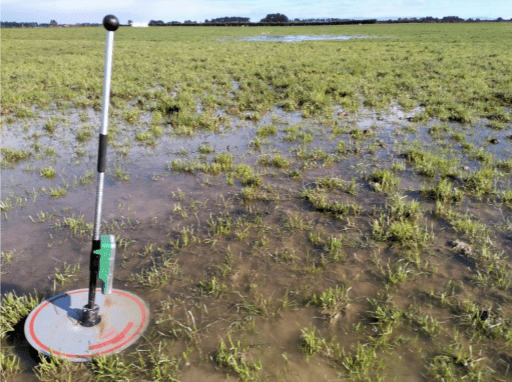Key decisions this week include:
1. Under Covid 19 level 4 the farm is now closed to all non-essential visitors. Strict hygiene and social distancing protocols have been implemented where practical masks are available for use when in close confinement. Technicians are only on site for farm walks at this stage
2. Milkers have been split into their farmlets and are now being milked TAD.
3. Colostrums will stay on OAD milking
4. With uncalved heifer numbers declining the heifer springers will be combined with their respective mixed-age cow mobs
5. Supplement feeding has started for all milker mobs (inshed feeding to kale mobs and baleage to fodder beet mobs) to allow us to hold the area allocation as per the spring rotation plan. With wet conditions on farm, minimising damage to pastures while achieving target intake within the area available is a juggle at present.
6. Springers will remain on 20 m2/cow with 1 bale baleage per 40 cows
7. Colostrums will be offered 100 m2 per cow with 1 kg DM/cow baleage
8. Milkers will be offered approx. 120 m2 per cow with between 2 and 5 kg supplement depending on the herd and paddock.
9. Paddock grazing order is being determined by pre-graze mass, current soil conditions and the predicted weather for the next week
10. We will be completing a stocktake on the remaining fodder beet area to determine if any is surplus to spring milker requirements and available for sale.
General Notes:
1. We currently have x4 milking, x1 colostrum, x3 springer and x3 dry mobs on farm
2. The farm team are taking time to train the heifers to come onto the platform without people going into the yard to get them
3. Kale R2's have gone off to grazing, FB R2's will stay on crop until early September and then join them.
4. One of the kale paddocks has succumbed to Black Rot can be an issue in second-year crop paddocks when crop residual remains in the soil from the previous year.
5. The new Allflex collars are now fully operational and being used alongside visual observation to identify cows in the early stages of ill health.
Click the link below to download our full weekly notes


